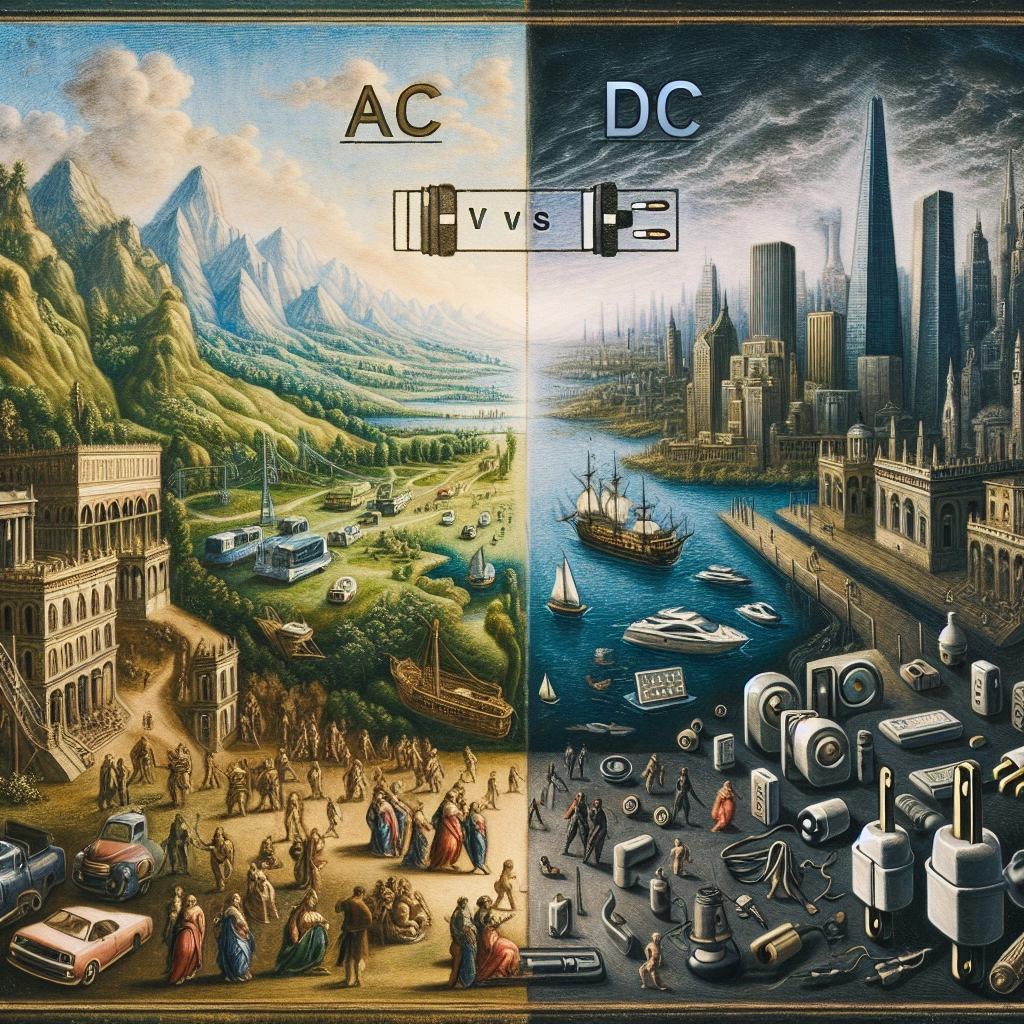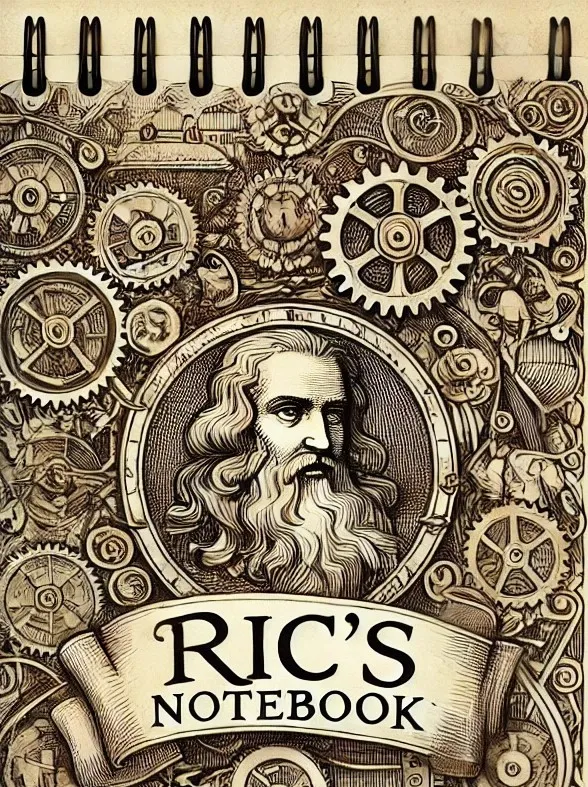
- Published on
- Authors

- Name
- ric de yuga 😄
Introduction
Electricity is an essential part of our lives, powering everything from our homes to our devices. But not all electricity is the same. There are two main types of electric current: alternating current (AC) and direct current (DC).
Alternating Current (AC)
Alternating current is a type of electric current that reverses its direction periodically. The frequency of an AC current is measured in hertz (Hz), with 1 Hz equaling 1 cycle per second. In the United States, AC current typically reverses direction 60 times per second, while in Europe it is 50 times per second.
Direct Current (DC)
Direct current, on the other hand, flows in only one direction and does not change direction. It flows in a straight line from the positive terminal of a battery to the negative terminal.
Differences between AC and DC
There are several key differences between AC and DC current:
- Direction: AC current reverses its direction periodically, while DC current flows in only one direction.
- Frequency: AC current has a frequency, which is the number of times per second that the current changes direction. DC current does not have a frequency.
- Polarity: AC current has two polarities, positive and negative, while DC current has only one polarity, positive.
- Safety: AC current can be more dangerous than DC current because it can cause muscle contractions that make it difficult to let go of a live wire. However, DC current can still be dangerous.
Applications of AC and DC
AC current is used in a wide range of applications, including:
- Power transmission: AC current is used to transmit power over long distances because it can be easily converted to different voltages.
- Electronics: AC current is used in many electronic devices, such as computers, televisions, and cell phones.
- Motors: AC current is used to power motors in a variety of devices, such as fans, refrigerators, and washing machines.
DC current is used in a variety of applications, including:
- Batteries: DC current is stored in batteries, which are used to power a wide range of devices, such as flashlights, remote controls, and cell phones.
- Electronics: DC current is used in some electronic devices, such as computers and digital cameras.
- Power supplies: DC current is used to power electronic devices that require a steady, direct current, such as computers and audio equipment.
Which is better: AC or DC?
There is no clear answer to the question of which type of current is better. AC current is more efficient for power transmission, while DC current is more efficient for storing energy in batteries. The best type of current for a particular application depends on its specific requirements.
